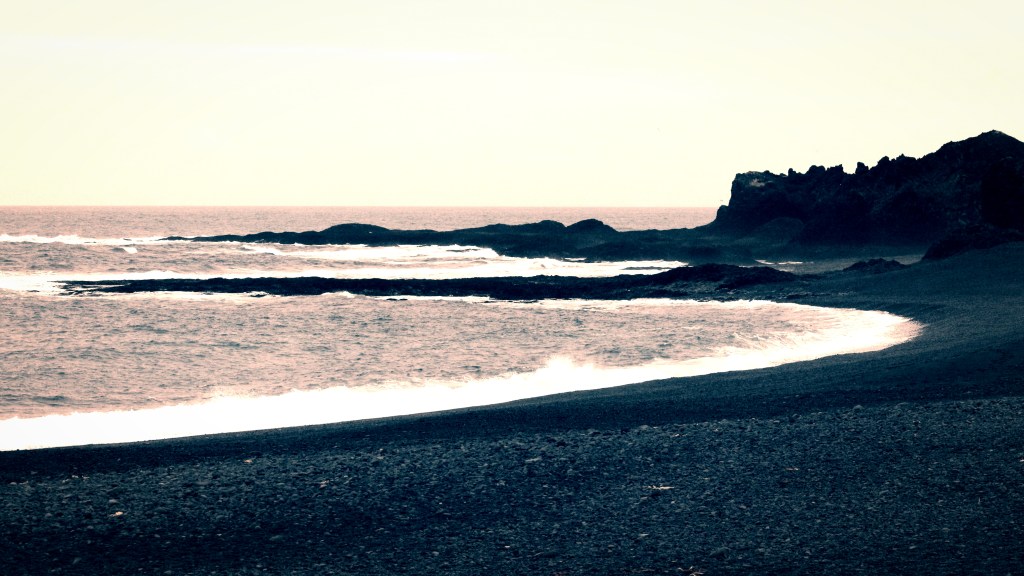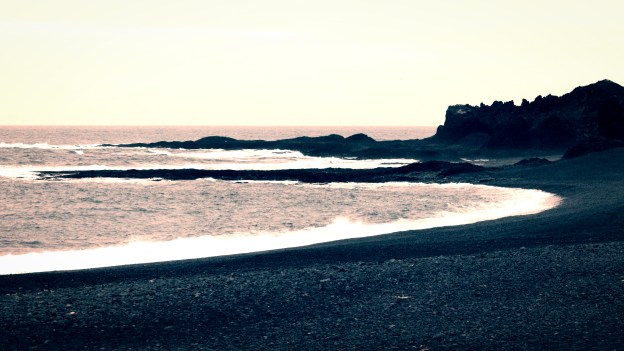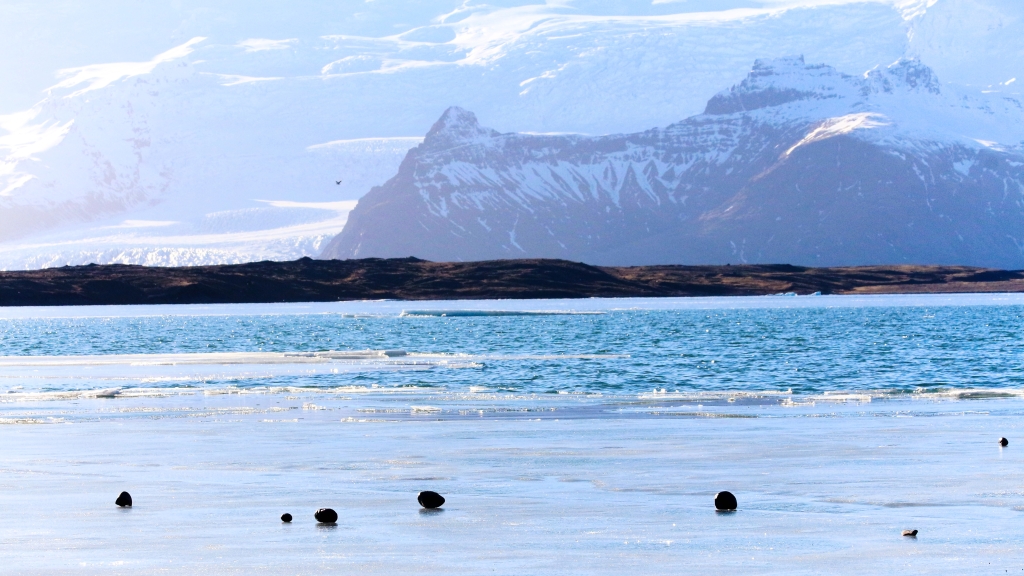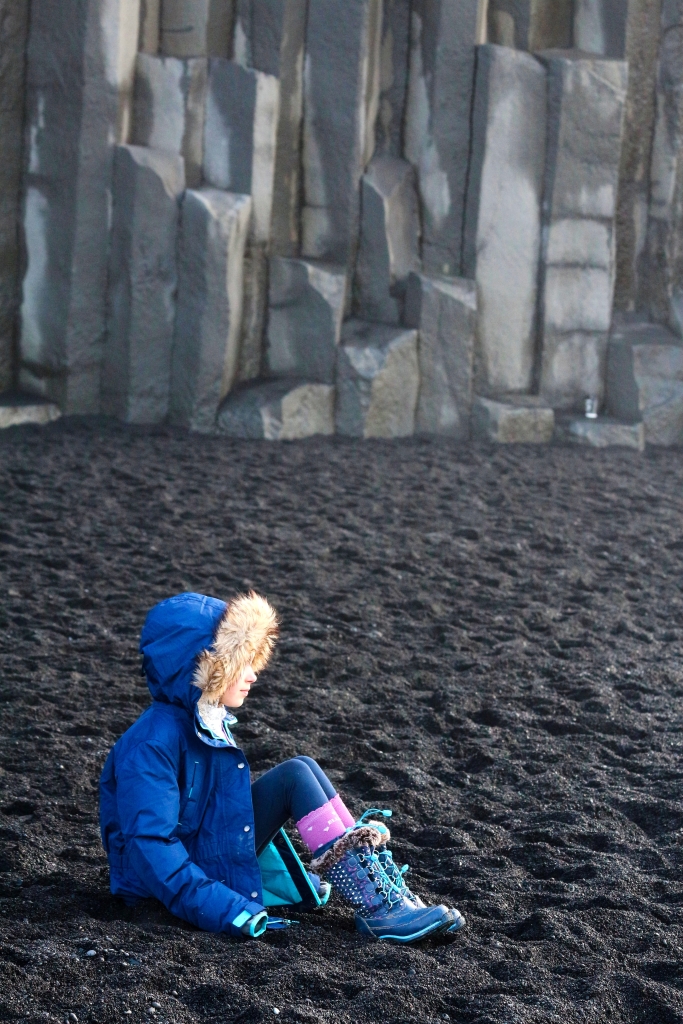I wrote my first novella a couple of months ago, and am editing it now (not right now – now I’m procrastinating & it’s set in Iceland, so you’re getting random Icelandic photos. Sorry, I don’t make the rules). This being my first novella experience I did some reading around to see what people’s advice was about structuring them. Almost everything I found boiled down to ‘It’s like a novel, but shorter’. Which is … not entirely helpful. Especially when my starting point was a short story.
So, having written the thing I am now clearly an expert, and wanted to share my thoughts on the art of novella writing when you’re coming at the thing from a small idea rather than a big one.
[FYI in case you weren’t sure, a novella is usually considered to be between 20-60,000 words, novels between 80-120k and short stories get defined pretty much any way that takes your fancy so long as it’s less than 20k (but usually lie in the 2–8,000 range).]
The advice ‘like a novel but shorter’ means this: It relies on similar narrative arcs, but those arcs are simpler, the plot is simpler, the character lists and worldbuilding are streamlined. It’s basically a novel-type idea but where the plot didn’t need 80,000 words to unfold. That makes sense, right?
But my starting point wasn’t a novel-type idea, it was a 2,500 word short story that felt unresolved and … squished. So if you’re like me & have short stories that want to grow, how do you reframe them to turn them into a functional novella?
I don’t know.
But I’m going to tell you anyway…
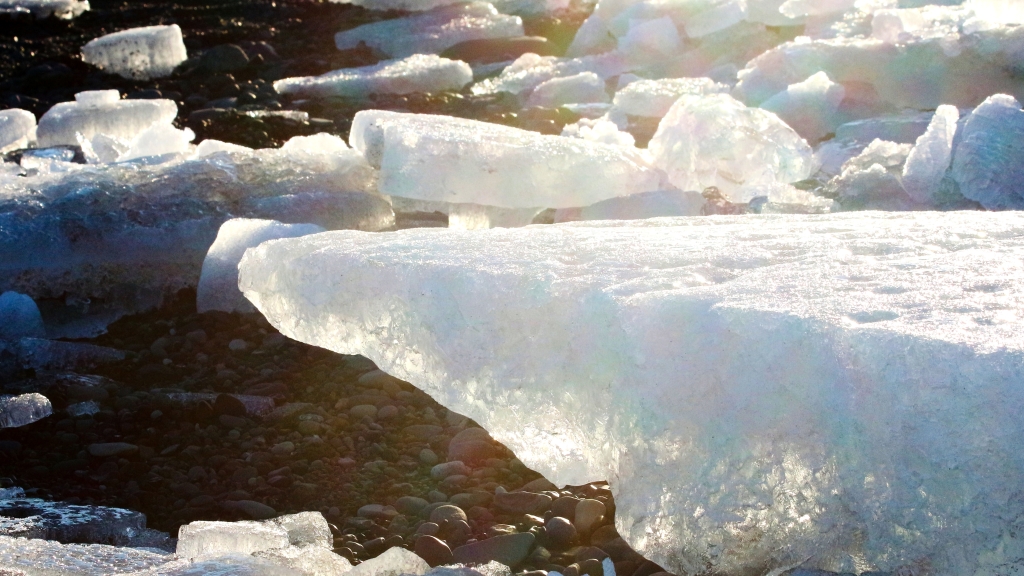
First, how do you know what’s a novella-worthy idea?
- Check whether your 2,500 word story really just wants to be a 5,000 word story. Was the plot or worldbuilding just a bit rushed & needs a wee bit more space to breath? Was there one more scene or one more bit of backstory that would really pull the whole thing together? If so, maybe just let it be 5,000 words.
- Or, did your plot feel like it was fundamentally lacking depth for the things it was trying to do? My short story was trying to explore PTSD and grief, and to map a descent into dissociation and a big moral choice. Add in ghost stories, family secrets, and a slightly cinematic setting and there’s really no way you can do justice to those things in 5,000 words, let alone 2,500. It wasn’t just that the story as it stood needed a bit more room, it was that the story itself needed huge structural changes to serve its function. Sound familiar? You’ve got yourself a potential novella.
Yay, so now, what’s the difference between your short story idea and your novella? What needs to happen to mutate the former into the latter?

A short story:
- Can (although often doesn’t) pivot around an external plot alone – can be about an event rather than a character’s internal change.
- Can be slice of life – e.g. there’s no plot per se, no conflict or change, just … an exploration of a character’s mind, world or moment.
- Requires very little world building, or more importantly, can afford little worldbuilding. Which, especially if this is SFF, requires a very focussed setting so that the story’s world feels sufficiently explained within that limited word count.
- Generally has a single strand plotline following one question, theme or objective. The longer the wordcount, the more strands to the plot you can fit in & the more involved that plot can be, but for my purposes, a 2-3k short can only really carry one central plot convincingly. (That’s not to say it can’t be intricate or thoughtful or multi-layered thematically, but the external plot & the internal narrative? Fairly streamlined.)
- Both 3 & 4 above lead to – a very limited cast. There are only so many people we can meet and care about in 3,000 words. Honestly, there aren’t many more we can truly care about at 10,000.
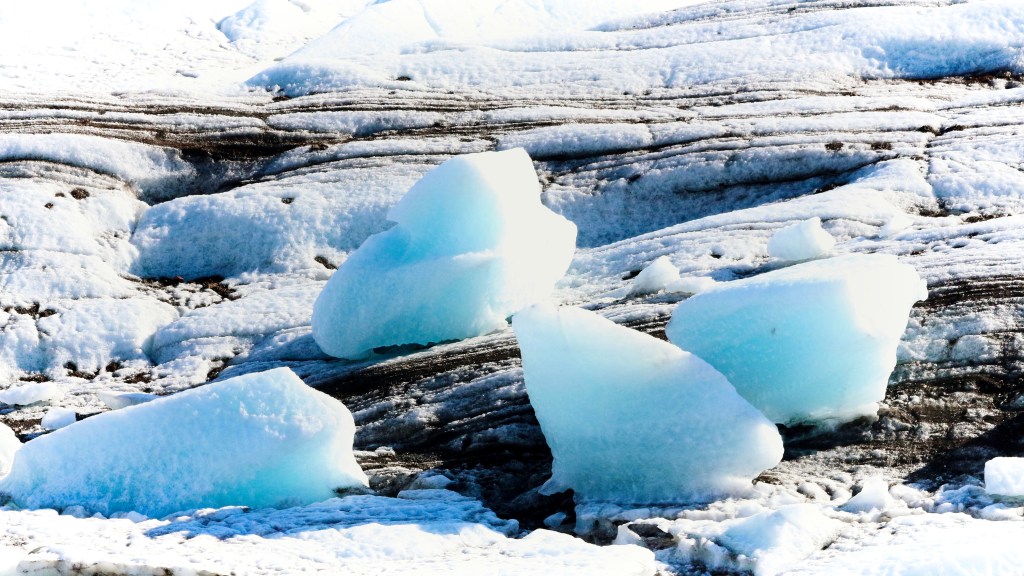
To expand that into a novella, we need to think about:
- The internal character arc of your main character(s). What is the theme of your story and how does your character’s journey reflect that? How does their psychological landscape change from beginning to end and why does it change in that way (what events drive it externally and what motivations are driving it internally)?
- Bring your secondary characters to life more – you may have more characters to play with, but a smaller cast will still serve you well so don’t go looking for more than you need. Those characters you have though cannot get away with just being a foil for the MC, or passive or 2-dimensional. They will need to have their own development, their own motivations and psychological landscape. Their arcs are likely to be less pronounced compared to the MC but they need to have something going on that’s independent of the MC.
- Where a short story often has a very limited setting, or a narrow focus within a wider setting, you now need to think about developing your setting more. Whether that’s allowing your characters to move around, explaining more of the world’s context, or simply bringing the setting to more vibrant, interactive, dynamic life. I’m a big fan of the power of setting, and focussing that urge down for short fiction is always a bit of a struggle, so it was nice to be able to really lean into that particular area again.
- Plot structure (deep breath) …
- Now, in our short story, this was streamlined down to the bare minimum number of strands and a fairly simple progression. At novella length we are looking more at the kinds of plot structures we talk about for novels, which I guess is the point all that advice I found was making. 3-Act Structure, but fewer turning points, Save The Cat, but cut down the B-plots or Road Apples or whathaveyou. Writing up from a short, I needed instead to think about adding complexity – where can I make this revelation or decision harder, how about more misunderstandings, or another foreshadowing motif, or adding in a failure or two? Plus, as mentioned above, how do I develop my secondary characters’ own arcs?
- One of the things I love about short fiction is that you can more easily be experimental with form and voice than you can at novel length, but I think there’s still a lot of scope for playing around outside the ‘norms’ at novella length too. I took the well known kishōtenketsu 4-Act Structure as my guide here because I wanted to focus on the internal change rather than a ‘conflict’ as such. I don’t think this approach, for this story, would have maintained its power over a longer wordcount, but at 28,000 it felt really powerful and right.
- You need to find the sweet spot between developing the story more, but making sure that all your development gets fulfilled. If you’ve added more characters, make them engaging and important; if you’ve added a sub-plot, make sure you give it closure; if you’ve introduced wider worldbuilding, make sure it is definitely contributing to the story. Your novella can be pacey and full of action or it can be subtle and dreamy and intricate, but it still has to answer its own questions.
My 2,500 word short story is now a 28,000 novella. Because it was trying to do too much in the first place, I didn’t need to add more characters or sub-plots really, I just needed to actually do justice to all the ideas I was trying to address. So my work was mostly on plot development, backstory, secondary character arcs and setting. Your approach will depend on your starting point, and on the themes and voice you are working with.
I find that novellas can sometimes disappoint if you come to them wanting the complexities of a novel (I read on kindle, so I often don’t realise something is a novella until I’ve started). But where they blow me away is when although the plot might actually be simpler, it doesn’t feel it, because the atmosphere of the story is so unique and strong that the emotional depth is somehow more concentrated. There’s something incredibly powerful about paring a theme back to its absolute heart and then giving that heart richness, depth and nuance. Like a gin & tonic, versus a damson gin liqueur, if you will.
Hopefully this particular gin liqueur will be out in the world at some point, full of Icelandic ghosts, trippy midnight wanderings, the sea and the terrible lure of bargaining for things we have lost. Now I’ve totally and utterly mastered the art form though, I may well return for more…
